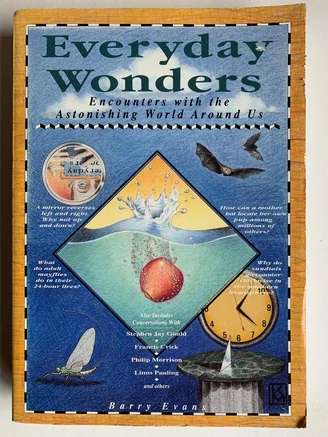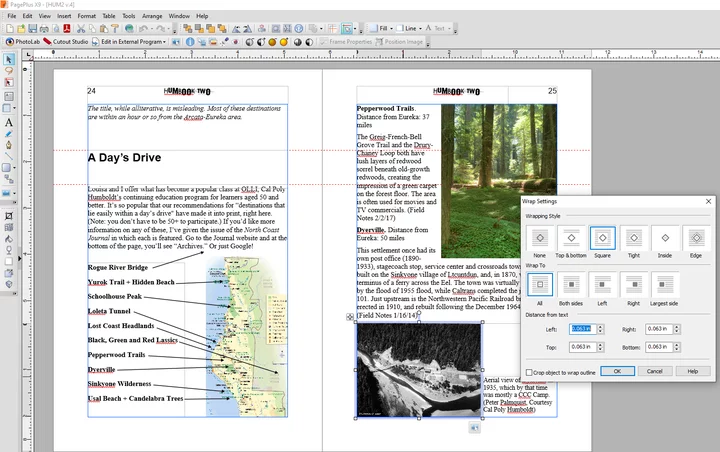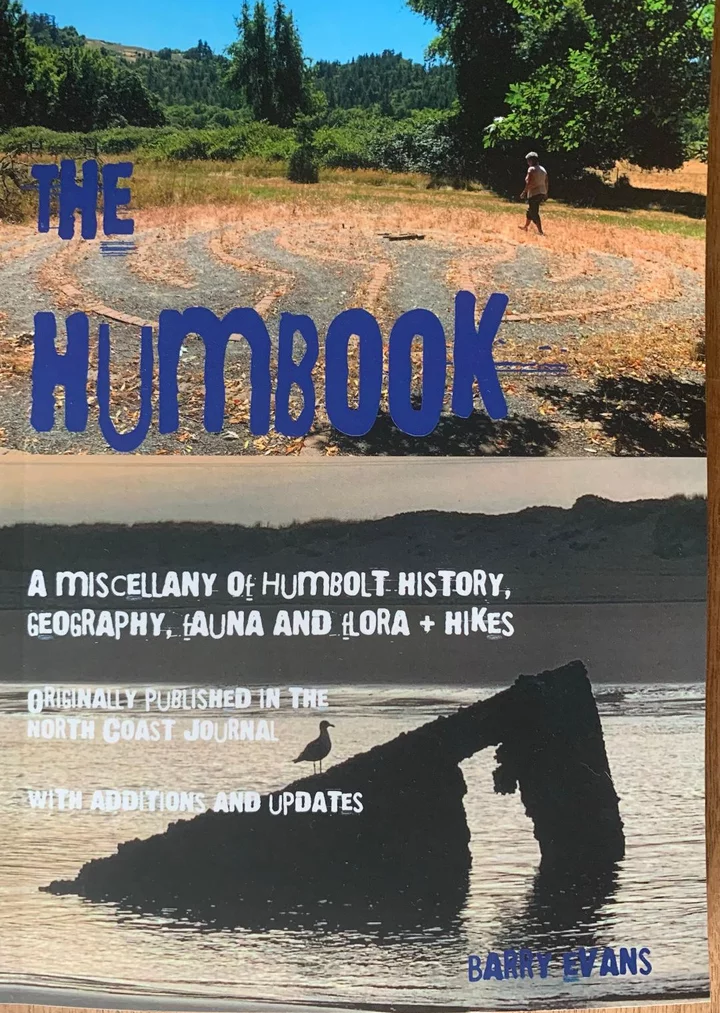One rule of thumb is to ask yourself, “Am I having a good time doing this?” If you’re not enjoying yourself when you’re engaged in what seems important to you, if you can’t find spontaneous pleasure and joy in it, then there’s likely something wrong.
-- Haruki Murakami in Novelist as a Vocation
###
After last week’s column on my love affair with books, a couple of people have asked me about the actual process of creating a book, so for anyone interested, here’s a brief summary.
Way back when (early ‘90s), I managed to have a couple of book proposals bought by subsidiaries of the mega book-publishing firm McGraw-Hill … that was easy, kind of. Book proposals are a whole world unto themselves, but once I had one accepted (after submitting to 20-odd publishers) and I had a contract, all (1) I had to do was write it, find illustrations, get copyright approvals, and (2) send off the whole package. This was not quite pre-internet (we had “Mosaic” and Compuserve email and weekly CDs from AOL — remember them?), but this was definitely pre-“Jimbo” Wales’ Wikipedia and pre-Larry+Sergey’s Google, pre- online digitized photo collections, pre- practically everything. Endless hours at the library, many, many letters requesting photos and permissions, dozens of hours on the phone interviewing, asking dumb questions. (Kids have it easy now!)
Once all that was done, I sent off a big package with text in MS Word both on diskettes and physical print-outs; actual photos; and stick-figure diagrams…and the publisher would magically do the rest. A couple of months later, I’d get back galley proofs, correct them, send ‘em back, and next thing (several more months) my book was on booksellers’ shelves across the nation. Everyday Wonders, Encounters with the Astonishing World around Us (which took about 18 months of my life), sold about 12,000 copies without me lifting a finger. That’s not quite true — I sent off dozens of copies to talk-radio stations, and would do interviews over the phone, usually about 4 a.m. for morning shows on the East Coast. It’s still there on Amazon, out of print but available used.
That was a halcyon time when a half-assed writer who knew a bit of physics and astronomy, and (mainly) had the perseverance to do the legwork, could get a “science-lite” book published by a big publisher. No longer. These days you have to be well known, have a Ph.D. at least (I managed a bachelor’s — just! — in civil engineering) in quantum physics or relativity theory, probably tenured, with a few dozen published papers under her or his belt (I have none). And/or a weekly blog (ditto). Having controversial views always helps: the multiverse many worlds theory (Sean Carroll) or a universe from nothing (Lawrence Krauss) or ETs are real (Avi Loeb). Having “God” in your title is a good selling point, too.
So nowadays, from my very limited point of view, the way to go is self-publishing. (Not the same as “vanity press”!) These days, (a) I love writing, so long as (b) my pieces are less than about 800 words. (Short attention span, you know. And getting shorter.) So when I’ve got enough essays written (my mainstays are my biweekly Field Notes columns in the North Coast Journal), I assemble them out in a page layout program (I use Serif’s discontinued, but still available, PagePlus software, which I love), drop in photos and captions, and when I’ve got something — not a finished book, but enough of one that I’m ready to see how it will look and feel and smell — send it off, in PDF format, for a single draft copy to be printed by Lulu (lulu.com) for—get this—about $10, including shipping! (Printing-on-demand revolutionized the industry and my life.)
There can be a wonderful sense of satisfaction in laying out a book in a page layout program like PagePlus.
This is true: Having an actual, physical book in hand is the best possible inspiration to finish it. There’s a huge psychological boost that comes from seeing a work-in-progress: it just calls out for completion. Once it’s done (for me, after going through four or five drafts while correcting, editing, adding), I sell my books locally, through our bookstores and stores in Eureka and Arcata, and odd places throughout the county. The Humbook (70 essays about Humboldt lore: history, geography, fauna and flora) has sold over 500 copies in the past 12 months, and it’s still doing well — look out for Humbook Two next year!
Yeah, I know, I know. I corrected it after the first printing.
If you’ve written a book with more than local interest, you can go the Amazon distribution route via Lulu or Amazon Kindle Direct Publishing. Want to know more? Both of these have excellent DIY guides.
Hope this helps any wannabe authors. You won’t get rich, probably — keep the day job—but you’ll have a ton of fun going through the process. If not, see Murakami’s epigraph, above.



CLICK TO MANAGE